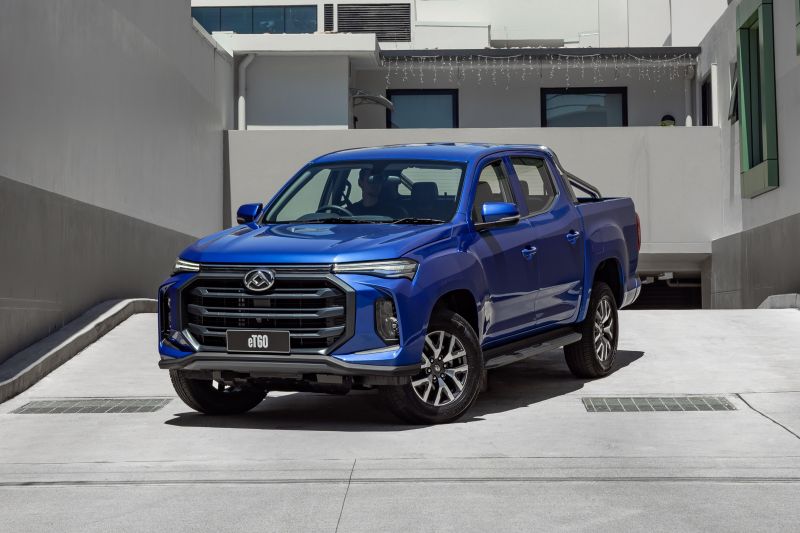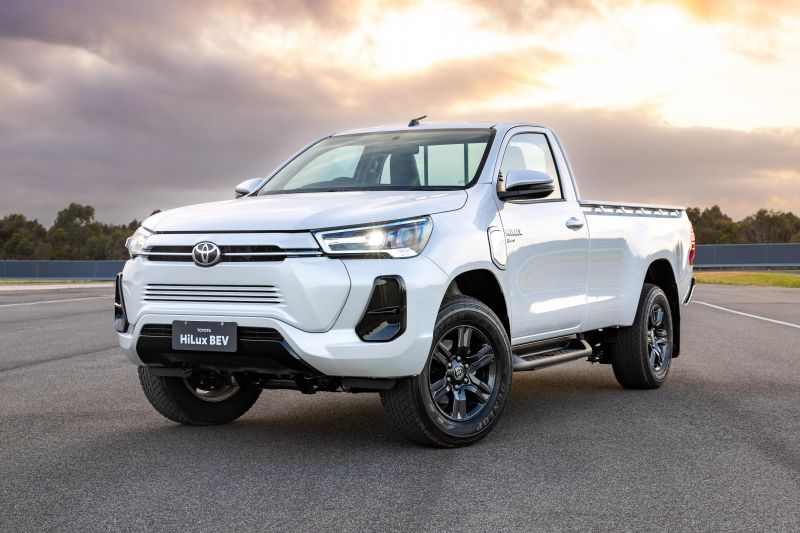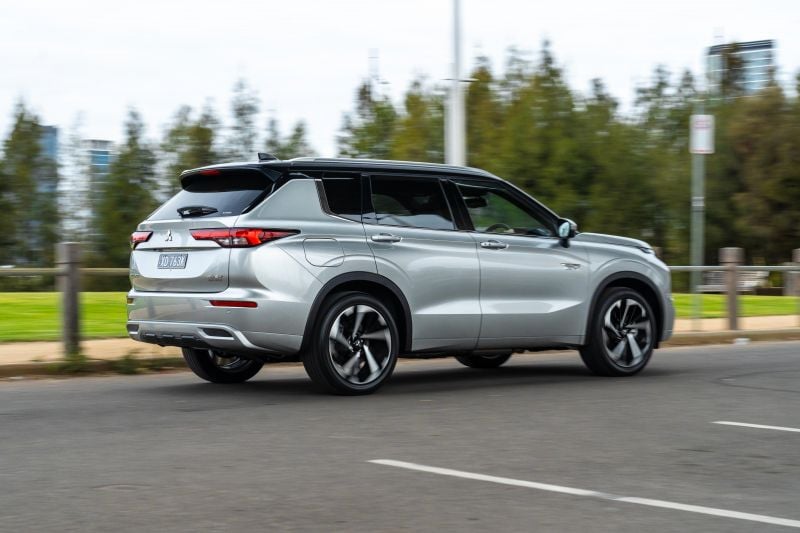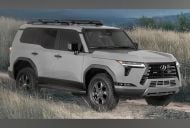The Federal Government’s proposed emissions standards will require half of all ute sales in Australia to be of electric models by 2029, a recent study has found.
The Australian Automobile Association (AAA) – which represents Australia’s major motoring clubs, such as the NRMA, RACV and RACQ – made its submission for the New Vehicle Efficiency Standard (NVES) last week, and has now made its desires public.
Using data provided by the Centre for International Economics, the AAA claims 50 per cent of ute sales in Australia will need to be electric by 2029 in order to reach the Federal Government’s most likely targets.
Last year, almost 240,000 new utes were sold in Australia. If this buying trend continues, approximately 120,000 utes rolling off the showroom floor will need to be electric in less than five years’ time.
At present, there’s just one electric ute on sale in Australia, the LDV eT60. It’s more than double the price of the diesel-powered T60, and reached just 79 sales last year – significantly less than the 9027 examples of its more conventional sibling sold in 2023.
The AAA and CIE’s data also shows slightly more than 40 per cent of passenger and SUV sales will need to come from electric vehicles (EVs) by 2029, with the remaining new vehicle fleet largely having to adopt mild-hybrid, full hybrid or plug-in hybrid power.
All data presented by the AAA and CIE was based on achieving the Federal Government’s preferred ‘Option B’ approach to the NVES.
Option B proposes a penalty to carmakers of $100 per gram of CO2 emitted per kilometre (g/km) above its targets – 141g/km for passenger cars, and 199g/km for light commercial vehicles in 2025.
This will drop annually until 2029, when it will reach 58g/km for passenger cars and 81g/km for LCVs.
“The AAA is firm in its support for an Australian fuel efficiency standard as a mechanism to ensure the supply of latest technology (and lower emission) vehicles to the Australian market,” the organisation said in its NVES submission.
“The AAA accepts that there will be costs associated with a standard and believes these need to be credibly assessed and quantified, and balanced against anticipated benefits.
“The AAA wishes to ensure that any regulatory measure is carefully considered and introduced in a way that minimises costs and maximises choice and benefits for motorists.
“The AAA and its members want Australians in the best possible position to adopt new technologies and choose the transport technology options that best suit their lifestyle, household budget, and commuting needs.
“Owning and operating a car in Australia with its unique driving conditions should remain affordable.”
Last week, the Motor Trades Association of Australia (MTAA) released its own NVES submission, in which it claimed – citing data from analytics firm Blue Flag – that 16 of 49 brands which sell cars, SUVs, utes or vans in Australia likely won’t meet the proposed 2025 NVES target.
When the 2029 figure is applied, 20 companies are expected to miss the emissions target if they continue on their current trajectory.
MORE: What Australia’s biggest car brands have to say about tough new emissions standards
MORE: Car industry cautious about Australia’s proposed vehicle efficiency standards
MORE: Tesla quits carmaker lobby group, slams it on the way out
MORE: ‘Aggressive’ emissions standards will mean price hikes, hurt ‘middle Australia’ – Toyota
MORE: Mitsubishi: Emissions standards can’t forget about ‘middle Australia’
MORE: Mazda pumps the brakes on Australian efficiency standards, calls for subsidies
MORE: Nissan backs new emissions laws but calls for incentives, regulatory reform
MORE: Carmakers, lobby groups go to war over cost of emissions standards to new car buyers
MORE: Volkswagen’s wish list for Australian emissions standards revealed






